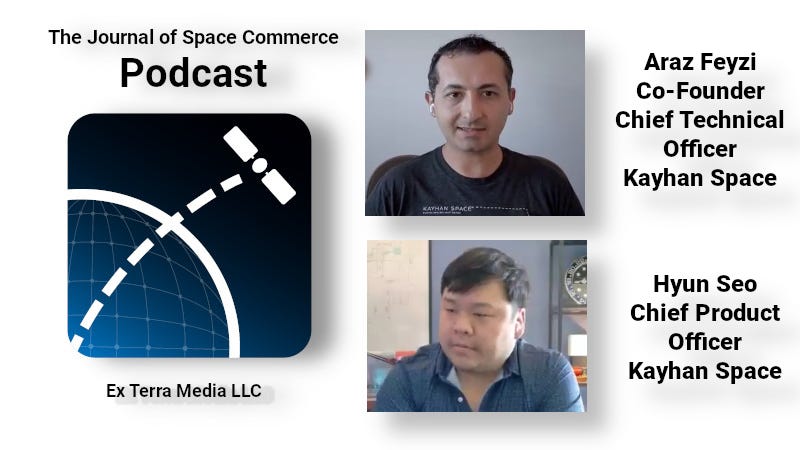No one knows precisely how many objects there are in Earth orbit. Estimates range from NASA’s 31,000 to just over 40,000, according to ESA. But at some point, it just becomes a large number. The bottom line is there are a lot of satellites, defunct spacecraft, parts of spacecraft and outright junk orbiting the Earth, and any one of them could cause a catastrophe.
One company that is working to catalog and track both functioning satellites and orbital debris is Kayhan Space. Their SatCat program allows both governments, businesses and the general public to see and follow what is out beyond the atmosphere. SatCat is a follow-on product to Pathfinder, their cloud-based collision avoidance service that automates conjunction assessment and maneuver planning.
“SatCat is kind of a data aggregation platform and automation platform. We ingest data from various data sources, from (the) US Space Force’s catalog to almost close to 10,000 ephemerides from satellites that have GPS on board, to commercial data that we procure and purchase from commercial data providers,” said Araz Feyzi, company co-founder and Chief Technical Officer. “And all of that gets combined together and kind of creates this most comprehensive space object catalog. Why I say most comprehensive is because when you have maneuver plans and very precise trajectories from almost 10,000 satellites on a platform, you don’t get that kind of up-to-date and live data from space objects ever.”
SatCat is open for use by the general public, with advanced features available to paid subscribers.
The company was recently selected for the Office of Space Commerce’s TraCSS data quality monitoring service, and recently launched a GPU-accelerated SGP4 propagator purpose-built for large-scale satellite modeling. sgp4.gl is freely available for anyone to use, and it demonstrates how higher performance can transform the user experience. To ensure broad accessibility, Kayhan has also released a complete open-source demo that integrates sgp4.gl with Next.js and CesiumJS, deployable in minutes on Vercel.












